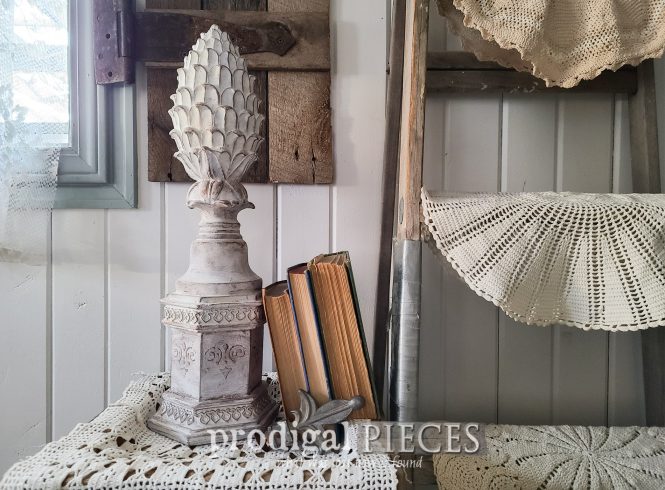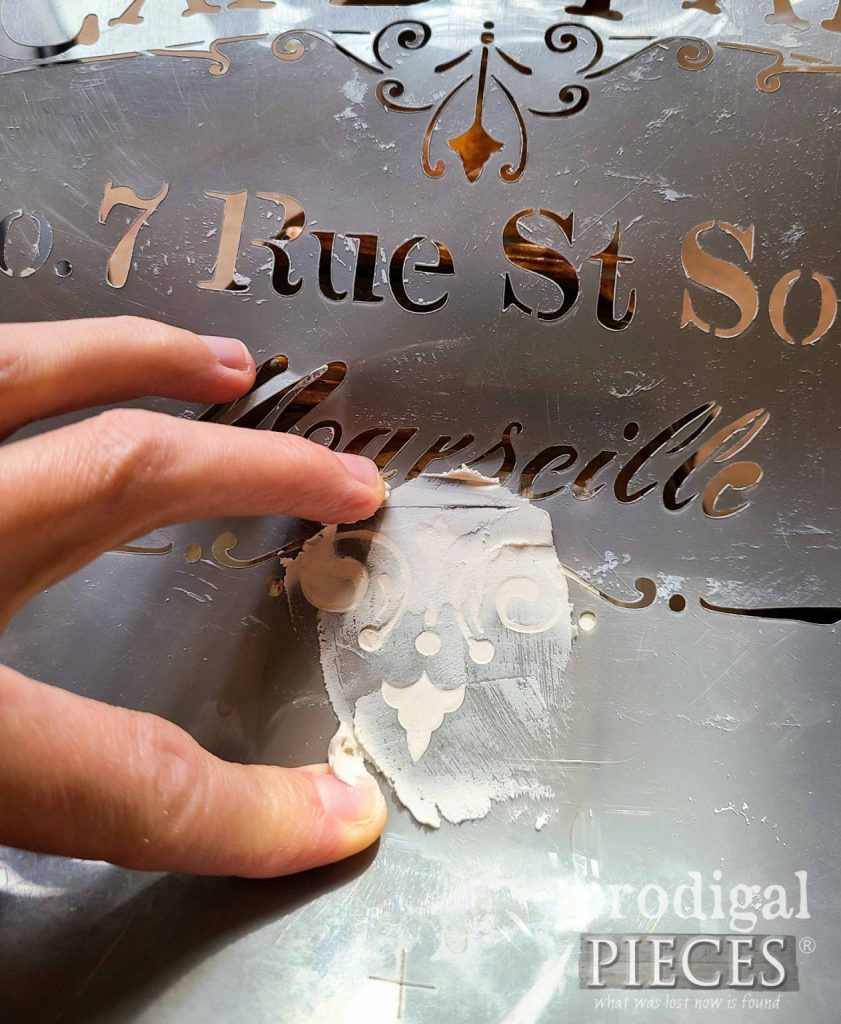

Repairing broken decor pieces is a surprisingly rewarding task, offering the chance to breathe new life into cherished items. From intricately designed porcelain figurines to delicate ceramic vases, broken pieces can be restored to their former glory through a combination of meticulous attention to detail, appropriate techniques, and readily available materials. This comprehensive guide dives deep into the world of fixing broken decor, guiding you through the intricate steps of restoration. We will explore the common causes of breakage, and delve into the solutions, enabling you to expertly restore your own beloved decor. This guide covers everything from basic mending to complex repairs, providing practical instructions for various materials.
Understanding the Causes of Breakage
Identifying Potential Problems
Before embarking on any restoration project, understanding the underlying causes of breakage is crucial. Factors ranging from mishandling and accidental drops to inherent fragility of materials can contribute to damage. Examining the broken pieces carefully for signs of stress points, identifying the material type, and understanding the age of the item can dramatically improve the likelihood of success. For instance, older, vintage pieces might have unique structural characteristics that need careful consideration during the repair process. By analyzing the type of breakage and the material of the item, you can choose the most appropriate method and tools. This detailed examination allows you to tailor the repair strategy and select the appropriate materials or techniques.
Material Types and Their Impact
Different materials react differently to damage, demanding specific restoration techniques. Understanding the nuances of various materials—from fragile porcelain to sturdy wood—is fundamental to a successful repair. For instance, ceramic pieces often require specialized adhesives and careful handling, while wooden items might benefit from simple wood glue and careful sanding. This knowledge of material properties influences not just the repair technique but also the long-term durability of the repaired piece. Identifying the exact material—like identifying if it’s bone china, porcelain, or stoneware—is key to choosing the correct repair method. These differences significantly influence the suitability of different repair approaches.
Choosing the Right Tools and Materials
Essential Repair Supplies
A crucial aspect of successfully repairing broken decor involves gathering the right tools and materials. The appropriate selection depends largely on the type of damage and the material of the piece. Having a variety of adhesives, including strong, specialized glues for ceramics and glass, is essential. Precision tools like tweezers, small screwdrivers, and sandpaper are also needed. You’ll also want to have various grades of sandpaper, as well as specialized tools for certain materials. Beyond the obvious repair tools and materials, consider the potential need for additional safety gear such as protective gloves to avoid injury.
Preparing the Broken Pieces for Repair
Thoroughly cleaning the broken pieces is paramount before applying any adhesive. This step removes any dirt, dust, or debris that might interfere with the bonding process. Careful handling and proper preparation of the surfaces to be joined contribute significantly to the overall success of the repair. Ensuring a clean and smooth surface on the broken pieces is critical to ensure a strong and lasting bond. Consider using specialized cleaning solutions for specific materials. Proper cleaning procedures are key to ensuring the structural integrity of the repaired item.
Applying the Repair Techniques
Mending with Adhesives
A common and often effective method involves carefully applying appropriate adhesives to the broken pieces. Different adhesives work best with different materials. Carefully matching the right glue to the material type is crucial for a successful repair. Experimentation and understanding the properties of each glue are vital, as the wrong adhesive could damage the piece or weaken the bond. It’s important to thoroughly understand the drying time of the adhesive to avoid further mistakes. Apply the glue thinly, ensuring a consistent and even layer, and hold the pieces together firmly while the adhesive sets.
Finishing Touches and Preservation
Finishing the Repair
Once the adhesive has set, carefully inspect the repair for any imperfections. Smooth out any uneven areas with sandpaper to create a flawless finish. Consider using specialized fillers or paints to perfectly match the original color. These finishes are often essential for creating a seamless blend, ensuring that the repaired area integrates seamlessly with the rest of the piece.
Long-Term Preservation
Protecting your restored items is just as important as the repair process itself. Store them in a suitable environment to prevent further damage. Choose a location that’s free from excessive moisture, direct sunlight, and drastic temperature changes. These measures will ensure the longevity of your restored pieces. Consider using protective cases or display stands to shield your precious items from potential damage.
Additional Tips and Tricks
Safety First
Always wear appropriate safety gear, including gloves and eye protection, when working with tools or materials. This prevents accidental injuries during the restoration process and promotes workplace safety.
Taking Pictures
Documenting the condition of the broken piece before restoration helps track the progress and ensures proper storage. These images aid in assessing damage and identifying the right repair methods.
Specific Repair Strategies for Various Materials
Ceramics
Ceramic and porcelain repairs often require specialized glues and careful handling. Using the right adhesive is essential for a lasting repair. A thorough cleaning of the broken surfaces will improve bonding.
Understanding Different Types of Adhesives
Types of Adhesives
A variety of adhesives is available for various materials—e.g., epoxy for strong bonding, wood glue for wooden items, and specific glues for ceramics—and understanding their properties is crucial for success.
Drying Times
Always check the drying time for the adhesive before reassembling the pieces to avoid issues from premature movement or improper curing.
Seeking Professional Help for Complex Repairs
When to Call a Professional
For intricate items with complicated breaks or pieces made of delicate materials, it’s often best to consult a professional restorer. This ensures a durable and aesthetically pleasing repair, reducing the risk of further damage.
Benefits of Professional Restoration
Professionals have the expertise and resources to handle intricate repairs with care and precision, offering long-term preservation for delicate items.
Frequently Asked Questions
Q1: What are the most common materials used in decorative pieces that might need repair?
A1: Decorative pieces can be crafted from a wide range of materials, including ceramic, porcelain, glass, wood, and metal. Ceramic and porcelain are often delicate, while wood offers a more robust option for repair. Choosing the correct repair method depends greatly on the material of the broken piece.
Q2: Can I repair broken decorative pieces myself, or do I need professional help?
A2: Many decorative items can be repaired effectively at home with the right tools and knowledge. However, some repairs, especially those involving intricate or antique pieces, may be best left to professionals. If you’re unsure about the extent of the damage or the best repair technique, it’s always advisable to consult a qualified restorer. Professionals have the specialized skills, knowledge, and resources to ensure a thorough and lasting repair.
In conclusion, repairing broken decorative pieces is a rewarding experience that allows you to breathe new life into cherished items. By understanding the techniques and materials involved, you can effectively restore these valuable pieces to their former glory. Don’t hesitate to seek professional help if needed. If you’re interested in learning more about restoring broken items, check out our comprehensive guide on our website for a detailed walkthrough on repairing broken decorative pieces!